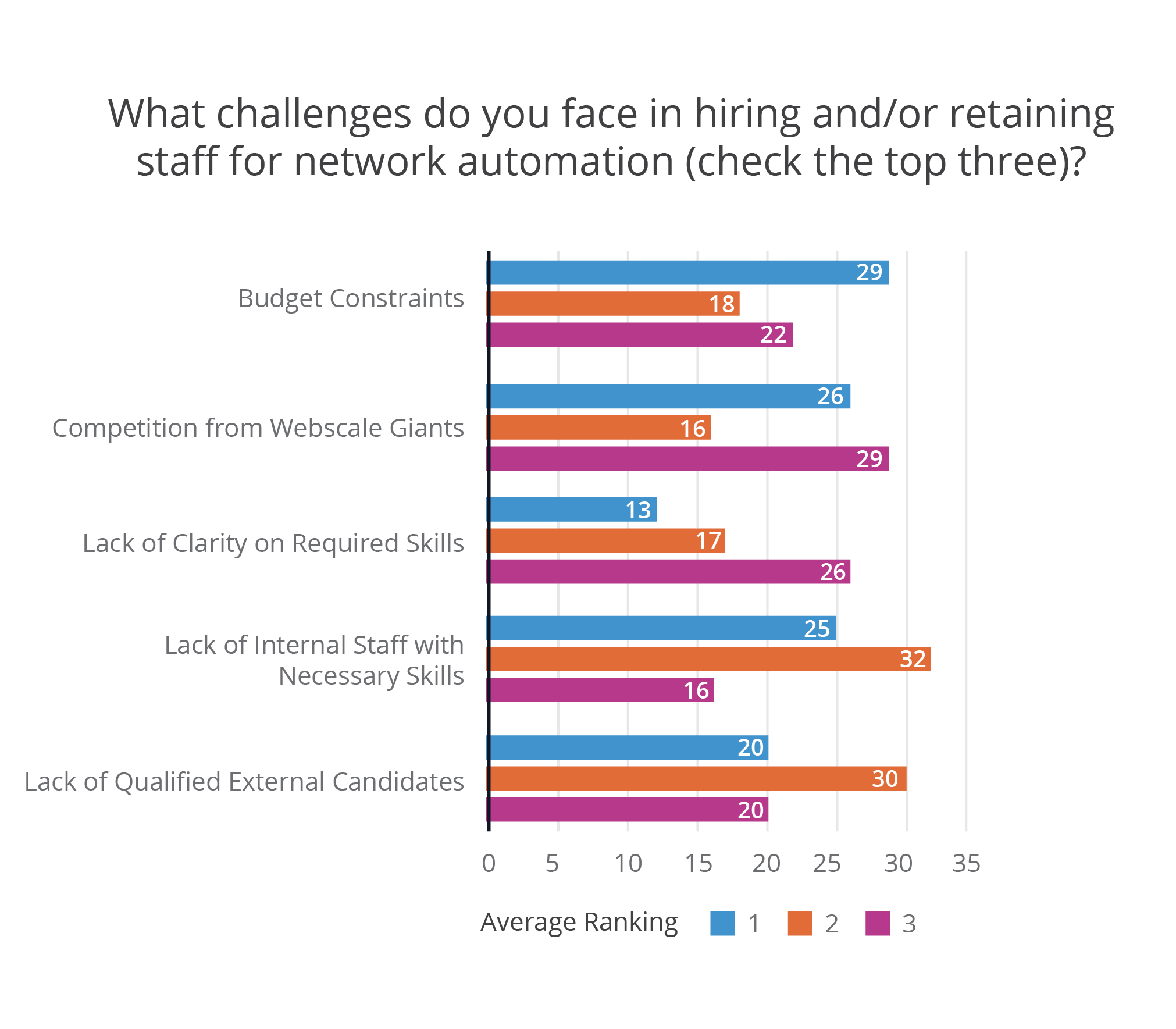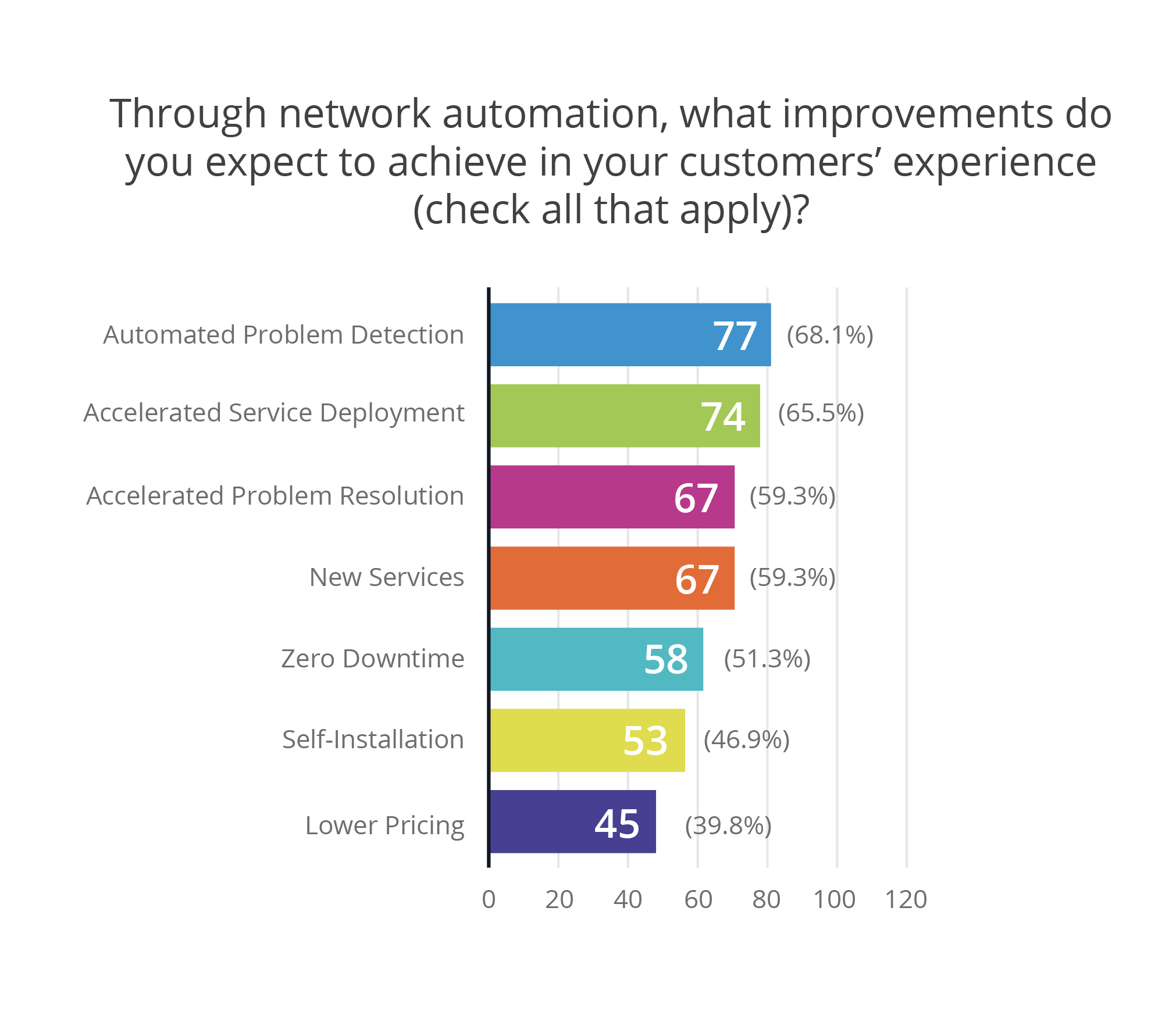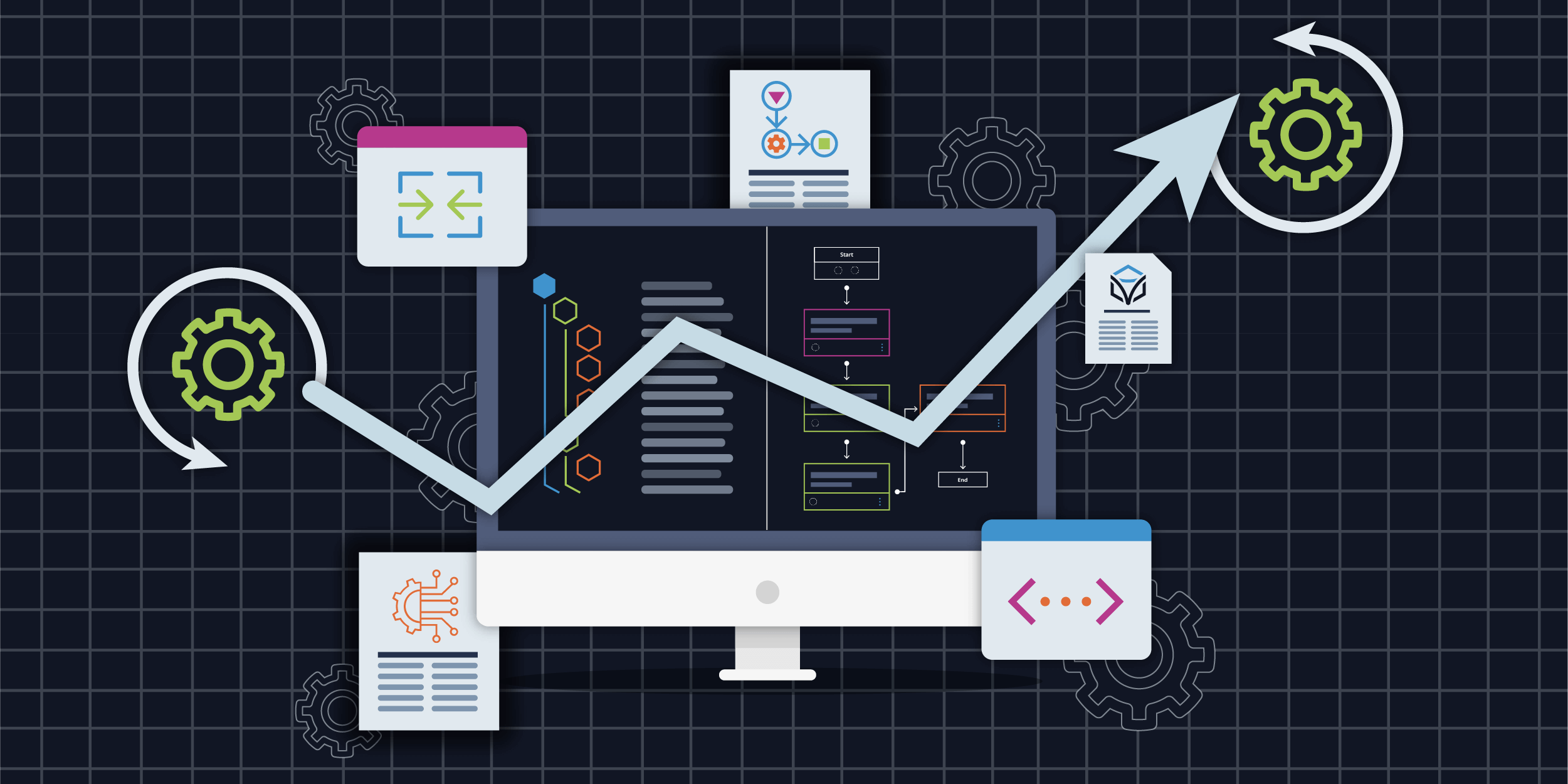Organizations worldwide are in the midst of a major overhaul of networking infrastructure, targeting more software-driven, multi-vendor networks that are compatible with cloud applications.
What will this surge in open, software-driven networks bring? It’s already clear from feedback from organizations that they expect more flexibility, control, and efficient operations by implementing cloud-like networks driven by software intelligence.
These new networking architectures will have multiple benefits. Open, multi-vendor networks have the potential in increase service velocity, drive down both operating and capital costs, and give network operators a more flexible network architecture to adapt to new applications.
Focus on Flexibility, Service Velocity
The move to software-defined networks (SDN) means they will be built from the ground up to be more programmable, nimble, and interoperable, using techniques such as application programming interfaces (APIs). Worldwide organizations have already embraced this movement.
In September, Andre Fuetsch, President of AT&T Labs and Chief Technology Officer, said that AT&T will have 75% of its network functions virtualized by the end of 2021. A recent study by by Lumen Technologies (NYSE: LUMN) revealed that nine in 10 global IT decision makers said the seamless integration of applications and their network is a top priority. Lumen recently adopted Itential to drive software-based network automation across physical, virtual, and cloud networks.
Virtualization and network integration is great – but what does it mean in the end? Software control means network can become more programmable. And more programmable means organizations will have more tills to deliver a return on investment (ROI), making networks more responsive to applications.
Getting there isn’t easy. The skills required to architect, plan, deploy, and maintain infrastructure that is highly-automated, virtualized, and/or cloud-native are very different from those typically possessed by the staff operating legacy networks. This is an area of pain for network teams.
In a survey of 113 organizations run by Futuriom last year, 29 respondents (27%) stated that their biggest challenge was budget constraints preventing them from recruiting additional staff with the necessary skills; 23% were most concerned about competition from the webscale giants, such as Amazon, Facebook, Google, and Microsoft; 21% said the challenge was lack of internal staff with the necessary skills to implement next-generation networks; 17% have been unable to identify an adequate pool of qualified external candidates; and 12% felt there was a lack of clarity on the required skills for network automation.

So, it’s clear there is a key conflict. Network teams are driving to adopt more flexible cloud models such as using industry-standard networking hardware along with software orchestration techniques such as JSON and API schema, but they are finding challenges finding budget and skills for their staff.
This is why the answer will come from a broader software ecosystem that can deliver these capabilities on demand, with cloud-based software.
Intelligent Software is the Answer
As Itential CTO Chris Wade has pointed out, networks are becoming more complex, with a different combination of tools, devices, and orchestrators for each networking domain. By abstracting out data and configuration models from network devices, just about anything can be integrated and automated using an API.
At Futuriom, our research indicates that the adoption of open, multi-vendor networks and software-based automation will deliver an ROI on several fronts. The key theme among all of them is using software automation to save time.
Time is money. Many of the network operators and managers I speak to say their most precious resources is not necessarily money, but time. Capital spending budgets may comprise on part of the ledger — but manpower and labor usually often represent a much higher share of the costs in network operations.
In our research and survey work with operators, there are four main areas that are regularly cited as clear targets for improved ROI:
- Automated network configuration and management
- Reducing support calls
- Reducing downtime with automation
- Improved service velocity
As the chart below shows, automated fault detection (68%) and increased service velocity (66% – multiple responses were allowed) were the top two areas identified by 113 organizations in the Futuriom Network Automation survey. This was followed by accelerated problem resolution (59%), new services (59%), and zero downtime (51%).

These items represent clear ROI for organizations, as they focus on building more programmable networks. But as they indicate, budget constraints and skills acquisition is a key barrier to attaining. The answer will come in the form of third-party software.
Automated solutions can help orchestrate hardware and applications, driven automated fault resolution, and provide better visibility into network performance. Proactive monitoring and fault resolution helps replace manual execution of repeatable tasks and improve network uptime.
For organizations, network automation will deliver real ROI by replacing labor and skills they cannot find or do not have. This frees up staff for more important goals, such as conceiving of and delivering services.





